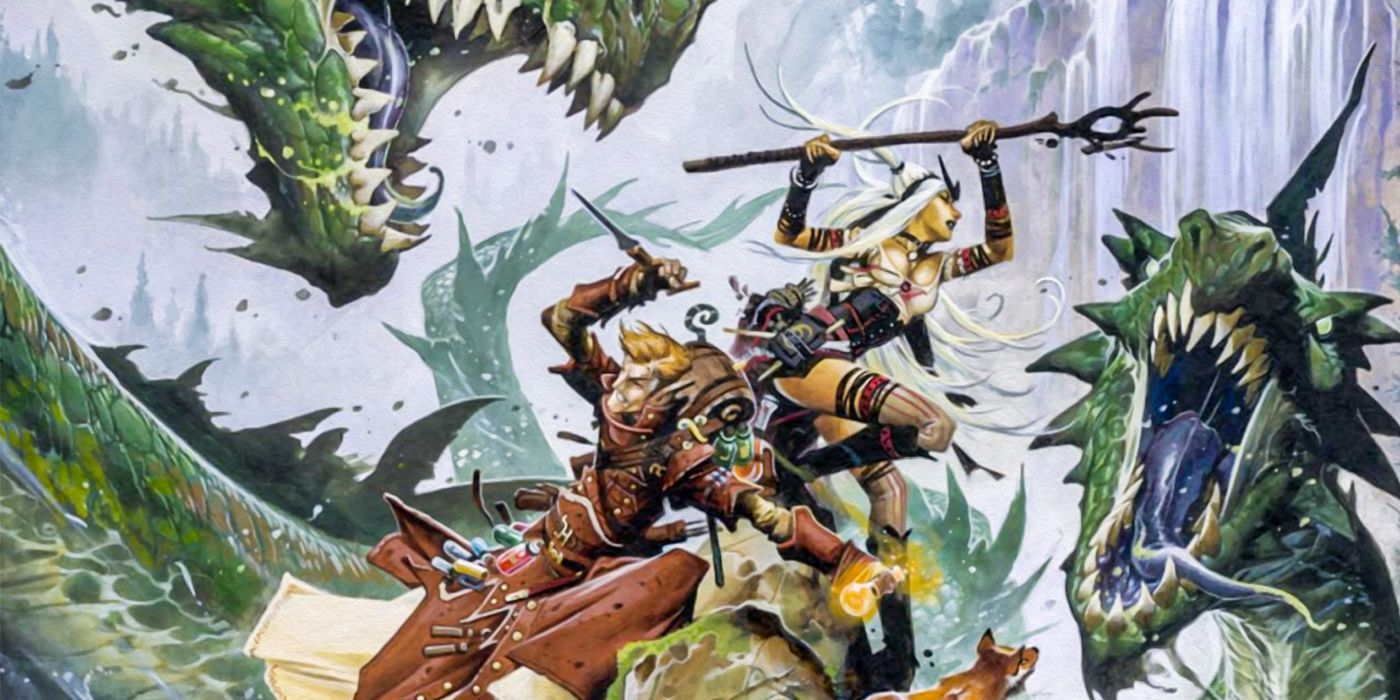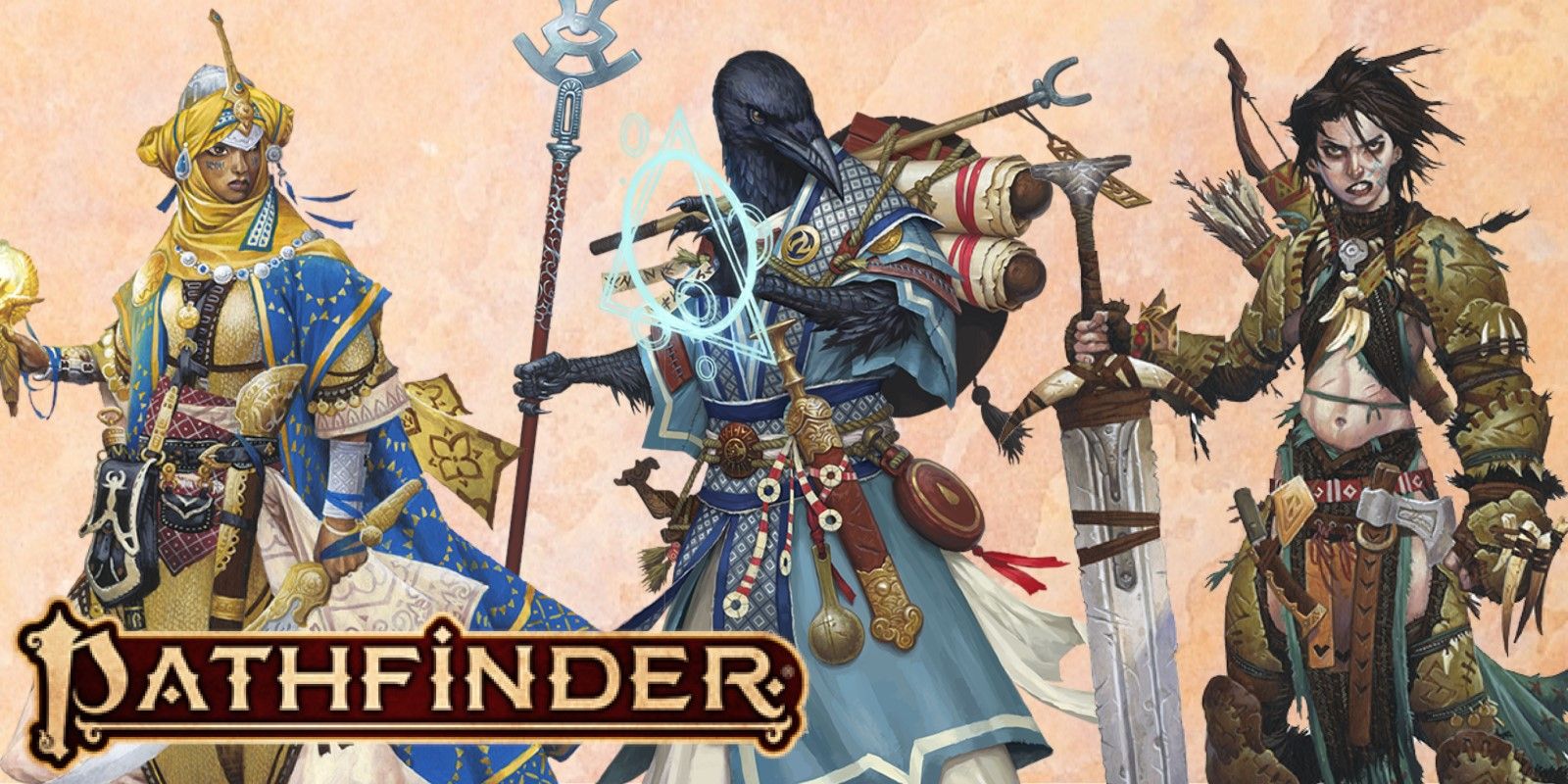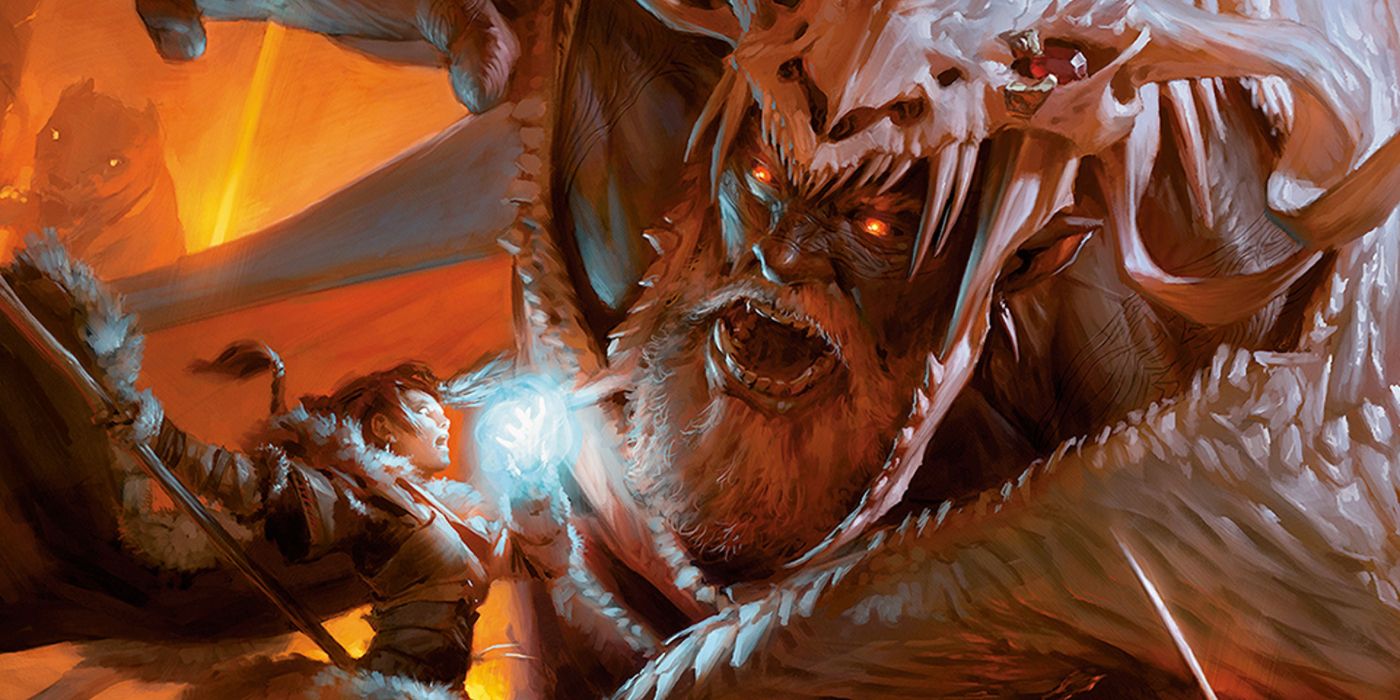While Dungeons & Dragons: 5th Edition may be one of the more popular tabletop RPGs out there, players looking for a system with more flexibility may be far more inclined to check out Pathfinder. Heavily based on D&D 3.5e, Pathfinder is often seen as the far more complex and number-heavy version of D&D, which leads to many tabletop RPG fans being less-than-inclined to check the system out. For many fans, it's easier to stick with what they know rather than learn a new system.
Pathfinder and D&D have quite a lot of similarities that make the transition far less daunting than Pathfinder's reputation implies. After all, the first edition of Pathfinder was created as a direct response to the unpopular D&D 4e, improving on what made the previous edition of D&D so beloved. Tabletop RPG fans shouldn't be worried about shifting to a new system, especially if the straightforward nature of D&D 5e has started to feel a little stale.
It's essential to outline the differences that Pathfinder and D&D have. For one, Pathfinder has a much more concrete set of gameplay rules than 5e. The general playstyle of Pathfinder is one where the rules exist to guide play, and Dungeon Masters are typically discouraged from introducing changes to the core rulebook. 5e is a bit looser, with plenty of room for interpretation, though this does make 5e a bit trickier to learn.
Another difference between the two systems is the kinds of content that are available for players to use. Pathfinder's character creation is much more customizable and has a ton of options, leading to players making some pretty impressive builds. 5e, on the flipside, keeps things simple and easy to learn with its character creation. There's a bit of freedom in things like race options, feats and the Origin rules, though they don't quite reach Pathfinder levels.
Those two major differences summarize the biggest points of contention that players have when transitioning between 5e and Pathfinder. It comes down to a difference in what each system emphasizes. 5e puts a focus on storytelling, while Pathfinder focuses on enjoyable gameplay. That isn't to say that 5e can't have enjoyable gameplay or players can't tell a good story during a campaign of Pathfinder.
Going from D&D to Pathfinder isn't as difficult as these differences make it sound. The biggest thing for new Pathfinder players to understand is that the system's rules are generally considered more concrete and clear than D&D 5e's ruleset. 5e is designed to be open to interpretation so that players can shape the rules to what they need for their campaign. A great way to learn Pathfinder's rules is to go through the character creation process, as many of the core differences will be outlined during that process.
A good DM goes a long way in helping the transition go smoothly. Communicating with them and asking questions about the differences can help new players transition to Pathfinder. Given how important the core rules are, at least when compared to 5e, a good DM can also help players understand just how those core rules are integral to Pathfinder's enjoyable gameplay. In addition, a good DM can also help new players figure out what counts as a "good" build.
One major roadblock that 5e players have when they transition to Pathfinder is that it's entirely possible to build a bad character. The sheer number of options when it comes to character creation means that it's much easier to put something together that doesn't end up working. Navigating Pathfinder's numerous feats, classes and items adds a ton of complexity to character creation but lets players build virtually any character they want.
Outside of those aspects, there's a lot of familiarity for 5e players to find in Pathfinder. Both are still d20-based systems, with many of the same general concepts applying in both. Characters will still be making saving throws, rolling to hit, and utilizing a fairly similar set of skills both in and out of battle. The core of Pathfinder is incredibly similar to 5e, which in turn gives new players a bit of familiarity to hold onto.
Pathfinder is worth checking for those who enjoy 5e, especially those who want more consistent gameplay. The biggest hurdle with playing a new system is almost always investing the time in learning it, but D&D players may be surprised how quickly they'll pick up Pathfinder. The two fantasy RPG systems certainly have their differences, though there's still plenty for 5e players to love in the 3.5e inspired Pathfinder.



